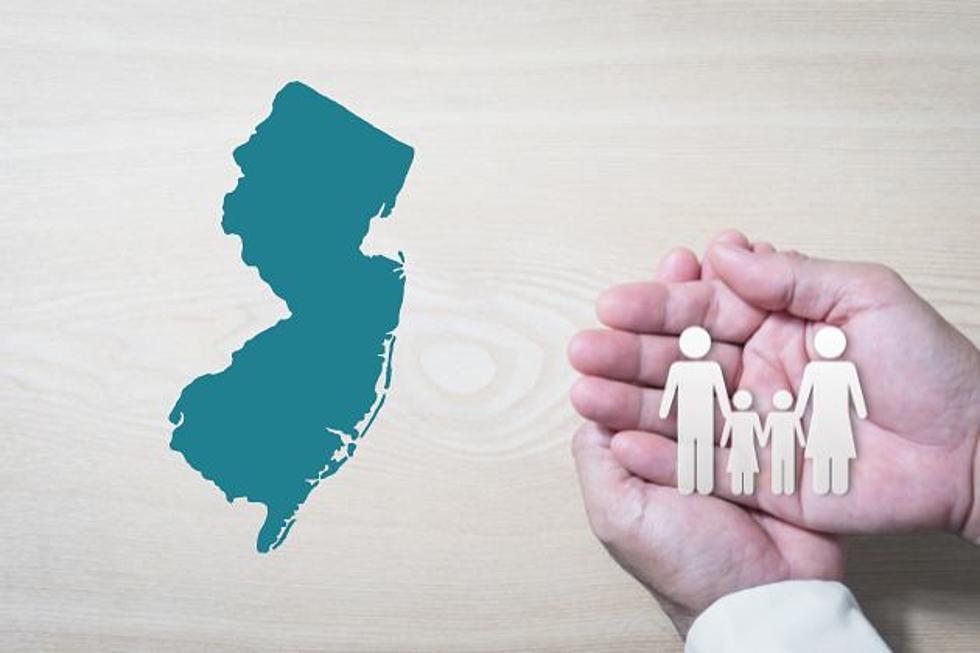
NJ report reveals counties with most kids, most foreign-born moms
As New Jersey returns to a so-called new normal in the wake of a global virus threat, advocates want to know what normal looks like for kids and families right now, so that they know where to focus their efforts.
Advocates for Children of New Jersey, a nonprofit based in Newark, is out with its 2023 Kids Count report, which is meant to serve as a baseline for policymakers, organizations, and communities.
"Some of the data indicators — it's very hard to compare them pre-pandemic versus post-pandemic," said Mary Coogan, ACNJ president and CEO.
Coogan said it'll be a while before residents and officials can determine the true effect that the pandemic has had on the health, educational opportunities, and stability of minors and families.
ACNJ is putting a call out to local groups that are interested in using the latest data to collaboratively develop solutions for better outcomes for children and families.
Among the findings of NJ Kids Count 2023: The State of Our Counties:
Demographics
- Bergen and Essex counties have the greatest number of children, each hosting about 10% of the state’s children under 18 years of age.
- Births to foreign-born mothers accounted for 50% or more of total births in Hudson, Middlesex, and Union counties.
- In five counties, more than 40% of children speak a language other than English at home: Bergen (41%), Hudson (56%), Middlesex (46%), Passaic (48%), and Union (46%).
- In 2021, the majority of births were in Ocean, Essex, and Bergen counties.
Economic security
- New Jersey’s median family income is nearly $112,000. Morris and Somerset have the greatest estimated median family income of roughly $165,000.
- In 2022, more than 19,000 children live in families receiving Temporary Assistance for Needy Families (TANF), more commonly referred to as welfare.
- In 2022, more than 351,000 children lived in families participating in SNAP (formerly known as food stamps).
- Forty-nine percent of households in 2021 were spending at least 30% of income on "rent."
Children
- In 2021, 40% of births were by first-time mothers in New Jersey. In Hudson, 51% of births were by first-time mothers.
- NJ FamilyCare recipients under age 19 have increased for the state by 10% between 2018 and 2022. Ocean saw the largest increase of 25%.
- The number of families under Child Protection and Permanency supervision continues to decline as well as the number of minors living in foster care.
- The number of registered family child care providers — those who care for children in their own homes — is nearly 1,200.
The statistics showed continuing racial disparities within certain measures, such as the health of expectant mothers and their babies.
Compared to a rate of 2.5 per 1,000 births for white babies, the rate at which a baby dies before their first birthday is 9.2 per 1,000 for Black, non-Hispanic babies, the report notes.
Roughly 83% of white expectant women in the Garden State begin receiving prenatal care in their first trimester, compared to 65% of Black women who are expecting.
Dino Flammia is a reporter for New Jersey 101.5. You can reach him at dino.flammia@townsquaremedia.com
Click here to contact an editor about feedback or a correction for this story.
The 30 best rated schools in New Jersey
The 30 worst rated schools in New Jersey
More From New Jersey 101.5 FM









